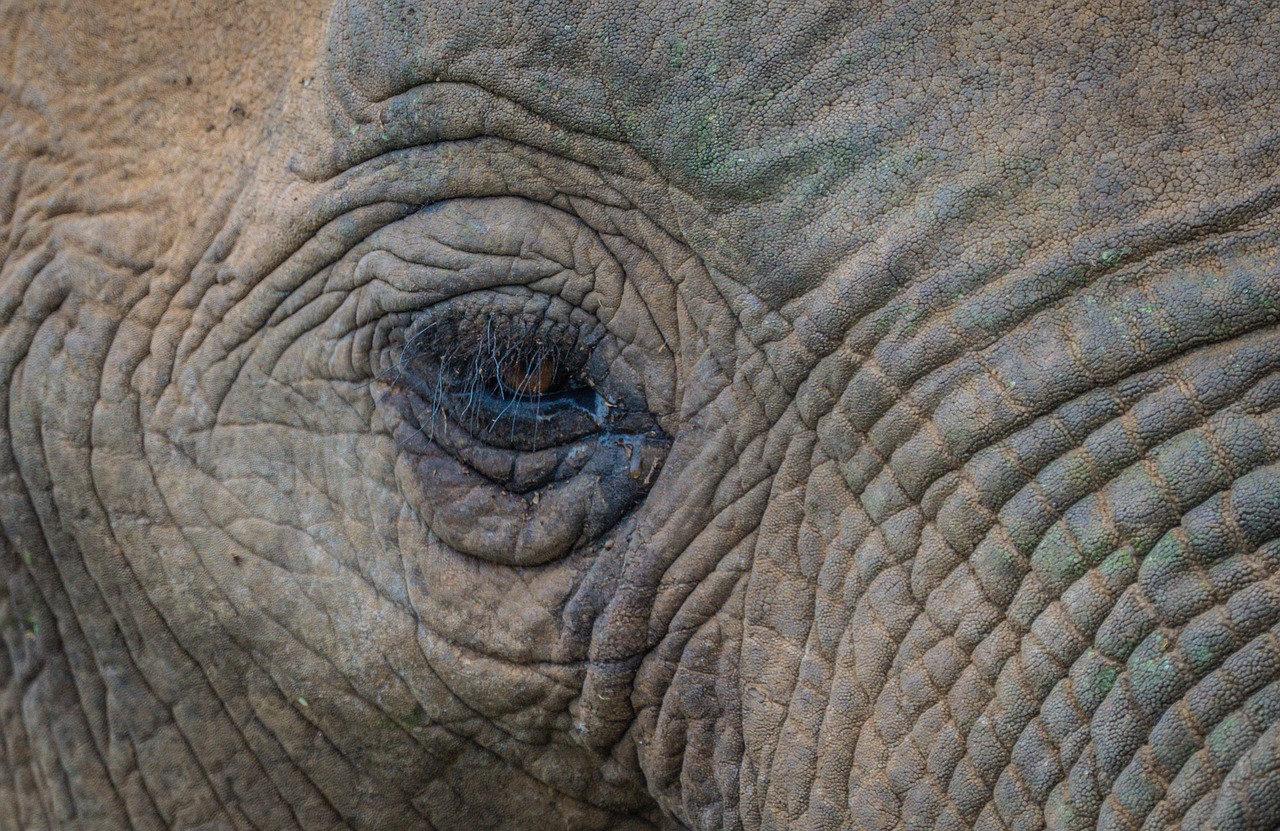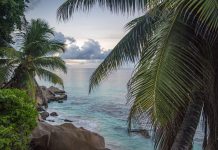There’s nothing quite like photographing wildlife in its natural habitat. The thrill of waiting for the perfect moment, the golden light of an African sunrise, and the excitement of capturing a lion mid-yawn or an elephant framed against Mount Kilimanjaro — this is what a Kenya photo safari is all about.
Whether you’re a beginner eager to learn, an intermediate photographer fine-tuning your skills, or an expert chasing that once-in-a-lifetime shot, Kenya offers some of the world’s most spectacular photographic opportunities. At Safari Travel Plus, we design photo safaris that go beyond sightseeing — we give you the chance to tell stories through your camera.
Kenya’s Top Photo Safari Destinations
Kenya is home to some of the most iconic wildlife regions in Africa, each offering a distinct photographic canvas. From open savannahs teeming with big cats to arid landscapes showcasing rare species, every park brings something special to your portfolio.
Masai Mara – The Big Cat Capital and Migration Drama
The Masai Mara is often described as the crown jewel of Kenya safaris — and for photographers, it’s simply unmatched.
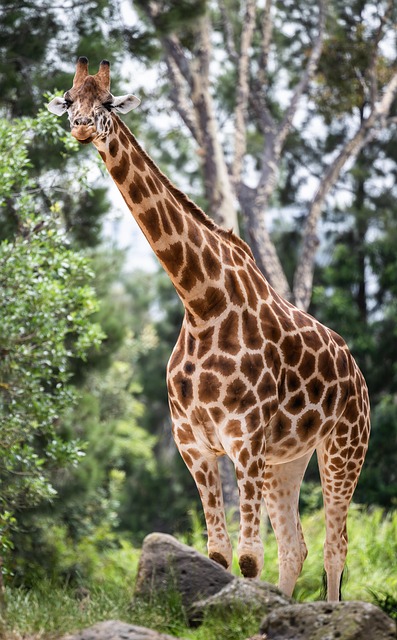
- Wildlife Highlights: Known as the best place in Africa to photograph big cats — lions, cheetahs, and leopards. The density of predators here means incredible chances to capture interactions, hunts, and intimate family moments.
- The Great Migration: From July to October, millions of wildebeest and zebra cross into the Mara from the Serengeti. For photographers, this means action-packed shots of dramatic river crossings, dust-filled herds moving across the plains, and predators waiting in ambush.
- Landscapes: Rolling grasslands and acacia-dotted savannahs provide classic African backdrops, while the Mara River adds drama with crocodiles and hippos.
- Why Photographers Love It: The sheer abundance of wildlife makes every game drive unpredictable, offering endless opportunities to hone your skills.
Amboseli – Elephants with Kilimanjaro Backdrop
Amboseli is a favorite for photographers seeking those iconic African images.
- Wildlife Highlights: Home to some of the largest elephant herds in Africa, Amboseli allows close-up encounters with these gentle giants. You’ll often capture multi-generational family groups, sometimes hundreds strong, moving across the plains.
- Kilimanjaro Views: The snow-capped peak of Mount Kilimanjaro rises above the horizon, creating one of the most photographed backdrops in Africa. Early mornings are best for clear views.
- Other Species: Amboseli also supports lions, cheetahs, buffalo, giraffes, and over 400 bird species, giving you variety beyond elephants.
- Why Photographers Love It: Few places in the world offer such dramatic contrast between wildlife and landscape, perfect for wide-angle shots that capture the grandeur of Africa.
Ol Pejeta Conservancy – Rare Species and Conservation Stories
Ol Pejeta blends excellent game viewing with a powerful conservation mission.
- Wildlife Highlights: Home to the last two northern white rhinos, Ol Pejeta offers a once-in-a-lifetime chance to photograph these critically endangered animals. It also has a thriving black rhino population, lions, cheetahs, hyenas, and elephants.
- Special Access: Unique experiences include visiting the Endangered Species Enclosure, tracking lions with researchers, or photographing chimpanzees at the Sweetwaters Chimpanzee Sanctuary.
- Night Drives: Unlike many national parks, Ol Pejeta allows night game drives, opening up opportunities to capture nocturnal species such as aardvarks, bat-eared foxes, and lions on the hunt.
- Why Photographers Love It: Beyond the wildlife, Ol Pejeta tells a story of conservation. It’s a chance to document both rare animals and the human efforts to protect them.
Samburu – Rugged Beauty and Rare Wildlife
Samburu is a photographer’s dream for those seeking something beyond the classic safari.
- Wildlife Highlights: Known for the “Samburu Special Five” — reticulated giraffe, Somali ostrich, Grevy’s zebra, gerenuk, and beisa oryx — species not commonly found in southern Kenya.
- Predators: Lions, leopards, and cheetahs thrive along the Ewaso Nyiro River, providing excellent predator photography against a rugged backdrop.
- Landscapes: Samburu’s semi-arid terrain, with dramatic rocky outcrops and thorny acacia trees, creates a different photographic mood — stark, wild, and uniquely beautiful.
- Culture: The Samburu people add a rich cultural element, with opportunities for portrait and lifestyle photography that capture the human side of Kenya’s wilderness.
- Why Photographers Love It: Samburu offers variety and contrast — from rare species to cultural encounters — making it a destination that broadens any photographer’s portfolio.
Why These Destinations Together Make the Perfect Photo Safari
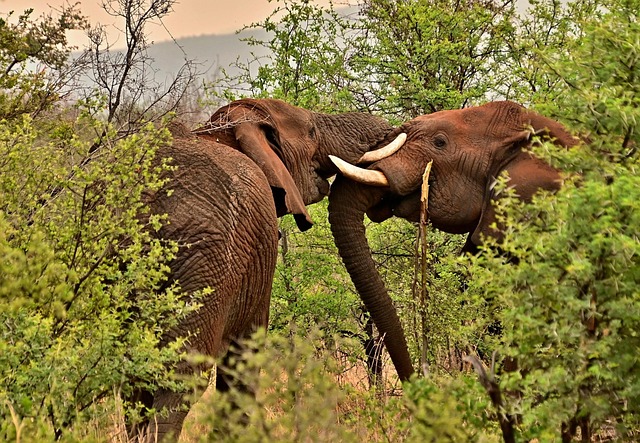
What makes Kenya so special for photographers is the diversity across these destinations:
- Masai Mara delivers drama and predator action.
- Amboseli provides iconic elephant and mountain backdrops.
- Ol Pejeta offers rare species and conservation storytelling.
- Samburu showcases unique wildlife and rugged landscapes.
Together, they ensure that every photographer — from beginner to expert — returns home with a portfolio as diverse as Kenya itself.
Preparing for a Kenya Photo Safari
Choosing the Right Equipment
- Beginners: A DSLR or mirrorless camera with a zoom lens (70–300mm) is enough to get started. Carry spare batteries and memory cards.
- Intermediate Photographers: Add a telephoto lens (100–400mm or 200–600mm) and possibly a second body for wide-angle landscapes.
- Experts: Prime lenses (400–600mm), wide-angle glass, and sturdy supports like monopods or beanbags are essential.
Not bringing your gear? No problem. At Safari Travel Plus, we can help you hire professional equipment, so you won’t miss a single shot.
Expert Photographic Guides
Our guides are more than safari drivers. They’re trained in photographic guiding, which means they understand light, angles, and animal behavior. They know when to position the vehicle, when to wait patiently, and when to move for the action — helping you capture images that tell a story rather than just document a sighting.
A Typical Photo Safari Day
- Early Morning: Set out at first light, when wildlife is most active and the golden hues create perfect conditions for shooting. Lions are on the move, elephants feed in misty grasslands, and birds take flight in the soft dawn.
- Midday: Wildlife rests under the heat of the sun, and so do we. This is a great time to review your photos, recharge batteries, and even join a photo workshop session with your guide.
- Afternoon to Evening: Head back out for the golden hour. The light turns warm, predators become active again, and silhouettes form as the sun dips behind the horizon. Often, the day ends with a sundowner in the bush, camera in hand.
- Optional Night Drives: In conservancies like Ol Pejeta, you can extend your photography into the dark, capturing nocturnal creatures in action.
The Best Times for Wildlife Photography
Timing is everything in wildlife photography, and in Kenya, the light and animal behavior work hand in hand to create unforgettable moments. While wildlife can be photographed at any time of day, certain windows offer the most rewarding conditions:
Early Morning – The Golden Dawn
The first hours after sunrise are often considered the best time for wildlife photography. The soft, golden light adds warmth and depth to your images, while the cool temperatures mean animals are more active. Lions and leopards may still be on the move from a night of hunting, elephants are often seen feeding in mist-covered grasslands, and birds are at their most vocal and vibrant. This is the time for capturing both behavioral action shots and dramatic landscapes with glowing skies.
Midday – Harsh Light but Unique Opportunities
By late morning, the sun grows stronger, creating harsher shadows and flat light that many photographers shy away from. But midday offers its own rewards. This is the best time to experiment with:
- Close-up portraits of animals resting in the shade.
- High-contrast black-and-white photography, which thrives in strong light.
- Behavioral photography, such as elephants bathing or hippos yawning in rivers.
Many photographers also use the midday hours to back up photos, review shots with guides, or take part in optional editing sessions before heading out again.
Late Afternoon – The Golden Hour Returns
The second golden hour begins in the late afternoon as the sun dips lower in the sky. Colors grow warmer, shadows lengthen, and activity in the bush picks up again. Predators often begin to stir, giraffes and zebras graze in soft light, and elephants silhouette beautifully against the horizon. It’s a magical time for shooting wide-angle scenes of wildlife within landscapes.
Sunset and Twilight – Silhouettes and Drama
Just before and after the sun sets, Kenya’s skies explode with color — deep oranges, fiery reds, and soft purples. This is a perfect opportunity to create silhouette shots of giraffes, acacia trees, or elephants against the sky. Even after the sun has dipped, the twilight glow can provide atmospheric lighting for moody, creative compositions.
Nighttime – A Different World
In conservancies like Ol Pejeta and Samburu, night drives open up a whole new world of photography. With specialized spotlights and fast lenses, you can capture nocturnal hunters such as lions, leopards, and hyenas in action, or rare creatures like aardvarks and porcupines. Night photography requires patience and technical skill, but the results are some of the most unique safari images you can bring home.
👉 By structuring game drives around these prime windows, we make sure you’re always in the right place at the right time to capture Africa’s most breathtaking moments.
When to Go on a Kenya Photo Safari
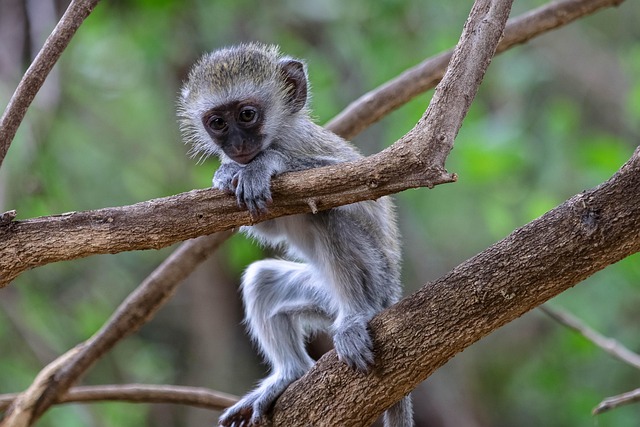
Kenya is a year-round safari destination, but the timing of your trip can shape the kind of images you bring home. Different seasons highlight different behaviors, landscapes, and moods — giving photographers a variety of creative opportunities. Here’s what to expect at different times of the year:
January – March: Clear Skies and Predator Action
This is one of the driest periods in Kenya, which means wildlife is easier to spot as animals gather around scarce waterholes. The grass is short, offering clear lines of sight for photographers. Predators are highly active, and this is a particularly good time for capturing big cats in action. The skies are usually crisp and clear, making for striking sunrises and sunsets.
👉 Best for: Predator photography, crisp light conditions, uncluttered landscapes.
April – May: The Green Season
April and May bring the long rains. While many travelers avoid this period, photographers often find it magical. The landscapes turn lush and green, skies are filled with dramatic storm clouds, and the bush is alive with young animals born at the start of the year. Yes, you may encounter muddy roads and occasional showers, but the light after rain is extraordinary, and lodges tend to be quieter.
👉 Best for: Lush landscapes, dramatic skies, fewer crowds, young animals.
June: Transition Season
June marks the end of the long rains and the beginning of the dry season. Vegetation is still fresh, but the skies begin to clear, creating crisp air and beautiful contrast. Wildlife movements increase, and photographers benefit from both green backdrops and clear animal visibility.
👉 Best for: Balanced conditions — greenery plus increasing wildlife activity.
July – October: The Great Migration
This is the most famous period for safaris in Kenya, thanks to the Great Wildebeest Migration in the Masai Mara. Over two million wildebeest, zebra, and gazelle move across the plains, chased by predators. The drama peaks at the Mara River crossings, where thousands of animals leap into crocodile-filled waters.
For photographers, this is high-adrenaline shooting: dust, action, and dramatic encounters. It’s also an excellent time for predator sightings as lions, leopards, and cheetahs take advantage of the migration herds.
👉 Best for: Action photography, river crossings, predator-prey drama.
November: The Short Rains
November sees the arrival of the short rains, which freshen up the landscape after months of dryness. The light is softer, and the skies often dramatic. The rains don’t last long, and they create great opportunities for landscape photography with wildlife against stormy backdrops.
👉 Best for: Dramatic skies, vibrant greenery, fewer tourists.
December: Festive Season Safaris
December is a popular month for family safaris, and the landscapes are still fresh from the short rains. Wildlife is plentiful, and the weather is warm. For photographers, this is a good month for variety: lush scenes, predator sightings, and beautiful sunsets.
👉 Best for: Family safaris, mixed wildlife and landscape photography.
Our Safari Vehicles
Photography requires space and flexibility, which is why our customized Land Cruisers are designed with photographers in mind:
- Maximum of four guests per vehicle for comfort.
- Pop-up roofs and open sides for 360° shooting.
- Beanbag mounts for stability.
- Private vehicles as standard on our itineraries — though you can request to join a group photo safari with scheduled departures.
Why Choose Safari Travel Plus for Your Photo Safari?
At Safari Travel Plus, we combine expert knowledge, small group sizes, and carefully designed itineraries to ensure your safari is more than just a trip — it’s a photographic journey.
- Expert guides who know both wildlife and photography.
- Private vehicles designed for space and shooting freedom.
- Equipment hire assistance if you don’t want to travel with heavy gear.
- Itineraries designed for photographers, maximizing light and wildlife opportunities.
From the drama of the Mara to the elephants of Amboseli, from Samburu’s unique species to Ol Pejeta’s conservation focus, our photo safaris are crafted to deliver the best of Kenya through your lens.
FAQs About Kenya Photo Safaris
Do I need professional camera gear to join a photo safari?
No. Beginners with a good zoom lens can capture amazing shots. We also help arrange equipment hire if you don’t want to bring your own.
How many people will be in the safari vehicle?
Our photo safari vehicles host a maximum of four guests, ensuring enough room for comfort and photography gear.
Can I join a group safari instead of a private one?
Yes. While our itineraries are priced as private safaris, we also run scheduled group departures where you can join other photography enthusiasts.
What’s the best time of year for a photo safari?
The Great Migration runs from July to October, but January to March offers excellent predator sightings. Kenya is a year-round photo destination, with each season offering something different.
How do the guides help with photography?
Our guides are trained in photographic guiding, meaning they’ll position the vehicle for the best light, anticipate animal behavior, and share tips to help you improve your shots.
Are night drives possible?
Yes, in private conservancies like Ol Pejeta and parts of Samburu, you can enjoy night game drives for rare nocturnal photography.
Final Thoughts
A Kenya photo safari isn’t about snapping quick pictures — it’s about slowing down, observing, and capturing the essence of wild Africa. With the right guidance, the right setup, and the right destinations, your camera becomes more than a tool. It becomes your window into the raw, untamed beauty of Kenya.
At Safari Travel Plus, we’ll help you make sure every click counts.


